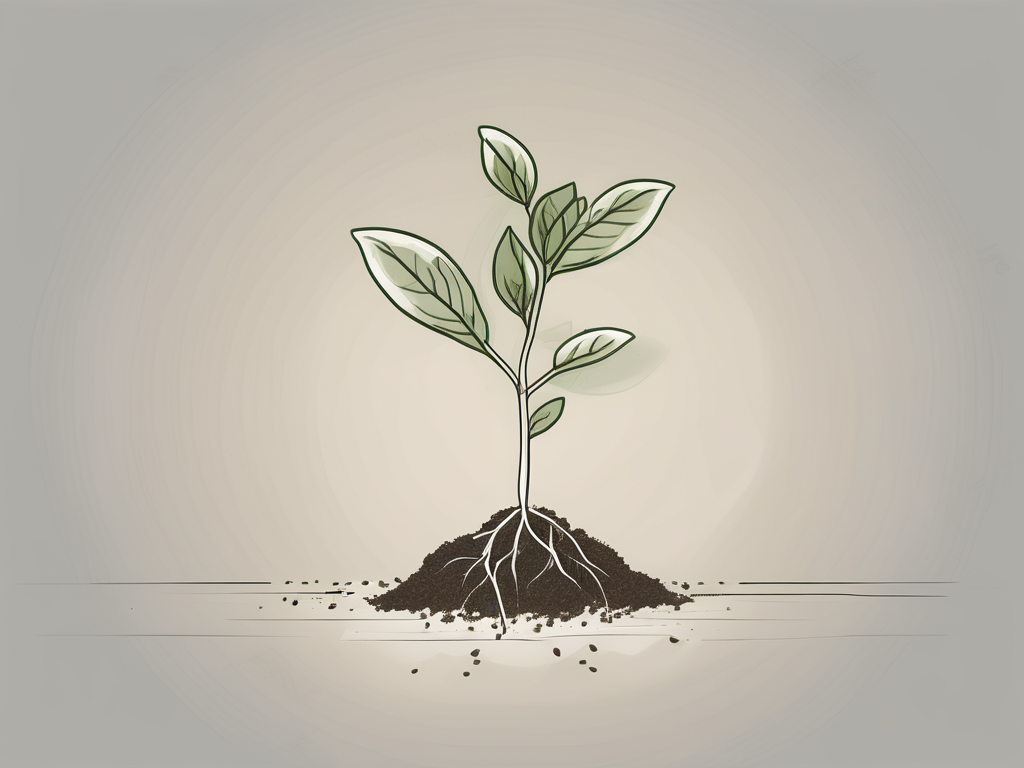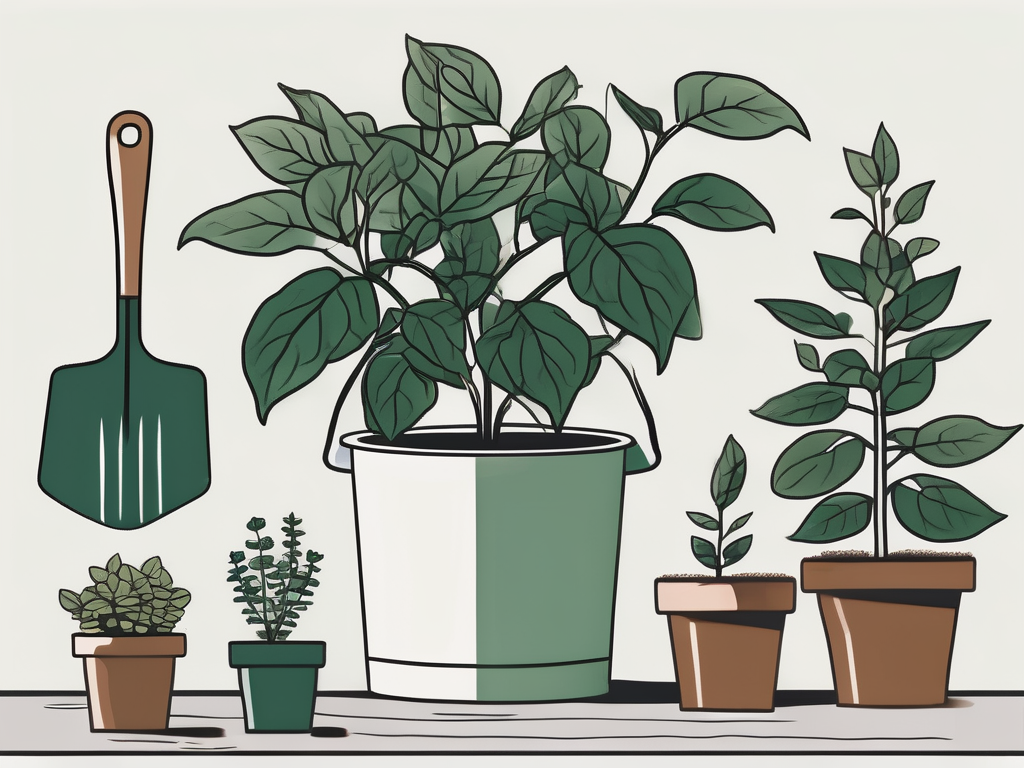
Staghorn ferns are one of those plants that can truly transform a space with their unique appearance. If you've been thinking about expanding your plant collection or simply sharing your green friends with others, learning to propagate these fascinating ferns is a fun and rewarding project.
This guide will take you through the step-by-step process of propagating staghorn ferns, from understanding what makes them unique to setting up the perfect environment for their growth. So, grab your gardening gloves, and let's get started on this green adventure together!
Understanding Staghorn Ferns
Before we dive into propagation, it’s important to understand what makes staghorn ferns so special. These ferns are epiphytic, which means they naturally grow on trees and other surfaces rather than in soil. This unique growth habit gives them a distinctive look, with their "antler-like" leaves, hence the name "staghorn."
Staghorn ferns have two types of leaves: the shield fronds, which are round and flat, and the antler fronds, which are long and forked. The shield fronds protect the plant's base, while the antler fronds are responsible for photosynthesis. Knowing the different parts of the plant will help when you get to the propagation steps.
These ferns are native to tropical and subtropical regions and thrive in humid environments. So, if you're planning to propagate them, you'll need to mimic their natural habitat as closely as possible. Think of it as setting up a cozy little home for your ferns, complete with the right amount of light, humidity, and airflow.
Choosing the Right Time for Propagation
Timing is everything when it comes to propagation. The best time to propagate staghorn ferns is during their active growing season, which usually falls in the spring or early summer. During this time, the plant is more likely to recover from the stress of propagation and grow successfully.
Keep an eye on your fern's growth patterns. If you notice new fronds emerging, it's a sign that the plant is in its active growth phase and ready for propagation. On the other hand, if your fern seems to be taking a break or is in a dormant phase, it might be best to wait until it starts showing signs of activity again.
Additionally, make sure your fern is healthy before attempting to propagate it. A strong, vigorous plant will have a better chance of producing successful offshoots. Check for any signs of disease or pest infestations and address these issues before you proceed.
Gathering Your Tools and Materials
Before you start propagating, you'll need to gather a few essential tools and materials. Having everything ready beforehand will make the process smoother and more enjoyable. Here's what you'll need:
- Sharp knife or pruning shears: These will be used to divide the plant. Make sure they're clean and sharp to avoid damaging the fern.
- Sphagnum moss: This will help retain moisture and provide support for the plant as it establishes roots.
- Mounting board or basket: Since staghorn ferns are epiphytes, they grow best on a board or in a hanging basket rather than a pot.
- Fishing line or wire: This will help secure the fern to its new home.
- Water spray bottle: To keep the fern and sphagnum moss moist during the process.
- Gloves: Optional, but they can help protect your hands while working with the moss and plant.
Once you have everything you need, you'll be ready to start the exciting process of propagating your staghorn fern.
Preparing the Parent Plant
Before you can propagate, you need to prepare the parent plant. Start by choosing a healthy, mature staghorn fern. Look for one with multiple growth points, as these indicate a robust plant that can handle division.
Next, water the fern thoroughly a day or two before you plan to propagate. This will ensure the plant is well-hydrated and less stressed during the process. A hydrated plant is more pliable and easier to work with, making the division process smoother.
Inspect the plant for any signs of pests or disease. If you find any issues, address them before proceeding. Once your fern is healthy and hydrated, you're ready to move on to the actual propagation process.
Dividing the Fern
This is where the magic happens! To propagate your staghorn fern, you'll need to divide it into smaller sections, each with its own growth point. Here's how to do it:
- Remove the fern from its mounting: Gently unfasten the fern from its board or basket. Take care not to damage the roots or fronds.
- Locate the growth points: Look for the points where new fronds are emerging. These are the ideal spots to divide the plant.
- Cut the fern: Using your sharp knife or pruning shears, carefully cut the fern into sections. Make sure each section has a healthy growth point and some roots attached.
- Clean the cuts: If you notice any ragged edges or damage from the cut, trim them neatly to encourage healing.
Remember, each section you cut should be capable of growing independently. If you're unsure, it's better to err on the side of caution and cut larger sections rather than smaller ones.
Mounting the New Ferns
Once you've divided the fern, it's time to give each section a new home. Here's how to mount your new ferns:
- Prepare the sphagnum moss: Soak the moss in water until it's thoroughly damp, then squeeze out any excess water.
- Create a base: Place a layer of damp sphagnum moss on your mounting board or basket. This will act as a cushion and provide moisture for the fern.
- Position the fern: Place the new fern section on top of the moss. Ensure the roots are in contact with the moss, and the fronds are positioned in the desired direction.
- Secure the fern: Use fishing line or wire to gently secure the fern to the board or basket. Be careful not to tie it too tightly, as this can damage the plant.
Mounting your ferns can be a creative process, so feel free to experiment with different arrangements until you find one that suits your aesthetic.
Caring for Your New Ferns
Now that your ferns are mounted, it's time to give them the care they need to thrive. Here are some tips to help your new ferns settle into their new homes:
- Light: Staghorn ferns prefer bright, indirect light. Too much direct sunlight can scorch their fronds, while too little light can stunt their growth.
- Watering: Keep the sphagnum moss consistently moist but not soggy. Mist the ferns regularly to maintain humidity, especially if you're in a dry climate.
- Temperature: These ferns prefer temperatures between 60-80°F. Avoid placing them in drafts or near heating vents.
- Fertilizing: Feed your ferns with a balanced, water-soluble fertilizer every 4-6 weeks during the growing season.
With proper care, your new ferns will start producing new fronds and establishing themselves on their mounts.
Troubleshooting Common Issues
Even with the best care, you might encounter a few hiccups along the way. Here are some common issues and how to address them:
- Yellowing fronds: This could be a sign of over-watering or too much direct sunlight. Adjust your watering schedule and move the fern to a spot with indirect light.
- Browning tips: This often indicates low humidity. Increase misting and consider using a humidity tray or humidifier.
- Slow growth: If your fern isn't growing, it might not be getting enough light. Move it to a brighter location and ensure it's getting adequate nutrition.
Remember, every plant is unique, so it might take a bit of trial and error to find the perfect conditions for your ferns.
Sharing Your Success
Once you've successfully propagated and cared for your staghorn ferns, why not share the joy with friends and family? These unique plants make wonderful gifts and are sure to impress anyone with their stunning appearance.
You can also share your experience and tips with other plant lovers online or in local plant groups. Not only is it a great way to connect with others who share your passion, but you might also learn new techniques or discover different varieties of staghorn ferns to try your hand at propagating.
And who knows? You might inspire someone else to start their own plant propagation journey!
Final Thoughts
Propagating staghorn ferns can be a delightful and fulfilling experience. By understanding their unique characteristics, choosing the right time to propagate, and providing proper care, you'll be on your way to growing healthy, beautiful ferns.
At Cafe Planta, we're passionate about helping plant lovers like you create thriving plant collections. If you have any questions or need advice, feel free to email us or send a message on Instagram. We believe that plants bring people together, and we're excited to share our love of plants with you!












